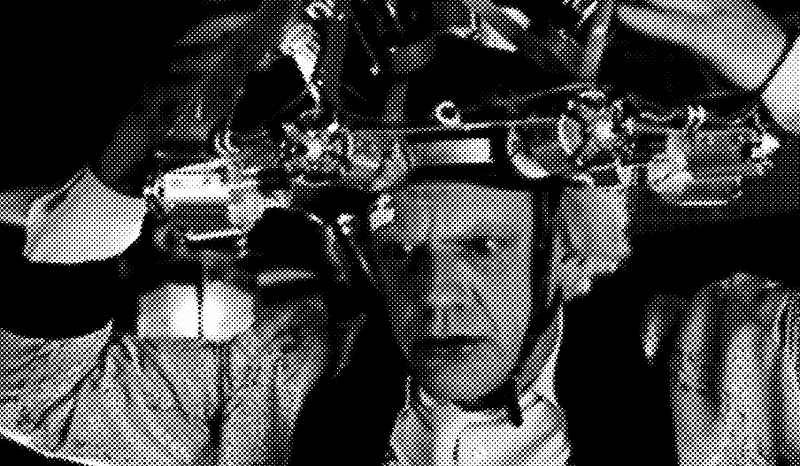Science proves that if you want to succeed in your work or art, you need to always be evolving.

For anyone looking for success, a new scientific study may have unlocked the secret or, at the very least, validated what some folks already know. Researchers have found a pattern in how people achieve their full potential. Using AI, they studied painters, film directors, and scientists to analyze their body of work against a time in their career that they define as a “hot streak.”
Nicola Davis writes in The Guardian:
Writing in the journal Nature Communications, [Prof Dashun Wang of Northwestern University] and colleagues report how they sought to investigate whether there was a common pattern behind hot streaks. To do so they looked at metrics of success such as the auction price of art works, IMDb ratings of films and citations of research papers to identify hot streaks for 2,128 artists, including Pollock and Frida Kahlo, 4,337 directors — including Mészáros and Jackson — and 20,040 scientists, including the Nobel laureates John B Fenn and Frances Arnold.
They then analysed how diverse the individuals’ work was at different points in their careers. This was assessed using an artificial intelligence system that was trained, in the case of art, to “recognise” different styles by features such as the brush strokes, shapes and objects in a piece, while in the case of film, it was trained to classify a director’s work based on plot and cast information. For science, the system identified different research topics based on the papers cited within a researcher’s publications.
The diversity before and during the hot streaks was then compared with the diversity at random points in the careers. The team found that for all three career types, work tended to be more diverse just before a true hot streak than expected from the randomly selected points.
If you click through to the study there is an interesting diagram that visualizes how the work in each industry was analyzed. Further down, you’ll see the patterns in the results, which indicate that “hot streaks” happen after a period of diversity in their work. For an example, Nicola came up with Peter Jackson’s career:
The director Peter Jackson’s career is, perhaps, a prime example: his hugely successful Lord of the Rings trilogy came after an eclectic range of movies such as the sci-fi comedy horror Bad Taste, the puppet film Meet the Feebles and the drama Heavenly Creatures.
Another pattern found that when people hit a streak, they tend to stay focused on the type of work they were doing at the time. Continuing with Nicola’s example, Jackson moved on to produce the Hobbit trilogy after the Lord of the Rings trilogy. He has since returned to a diverse roster of films that include two documentaries; one about World War I and the other on The Beatles.
To simplify the research findings, people who succeed try new methods in different subject matter to get to new outcomes and success. And once they find a combination that works, they continue their work on that path until it’s no longer equitable. Then they start over looking for the next combination that achieves another round of success.
This is why it is so important for everyone to stay curious, always on the hunt to try something new to get to new and different outcomes. Be purposeful in your evolution, not merely reactive to your situations. Doing the same thing yeah-after-year may produce short-term success but lead to the long-term result of not achieving your full potential. And I don’t need artificial intelligence to know that doing the same thing over and over again is super boring (see Garfield books 3–72).

Member discussion